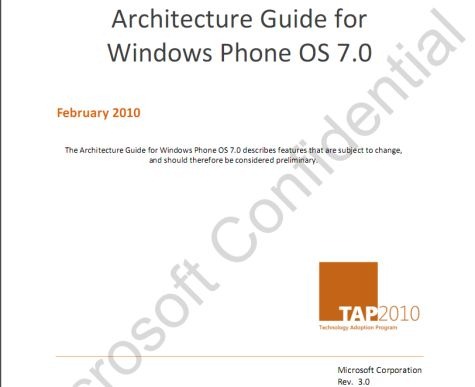Microsoft Application Architecture Guide
Dec 13, 2017 Microsoft has published an Azure Application Architecture Guide to help cloud developers keep pace with new styles, approaches and industry trends while planning their projects. The company said the guide helps developers tasked with shipping consumer-facing apps at increased velocities while facing. New book: Microsoft Application Architecture Guide, Second Edition. The purpose of the guide is to help solution architects and developers to design and build applications on the Microsoft platform that are more effective, to support key decision making at the early stages of a new project, as well as providing topic-specific content. Microsoft® Application Architecture Guide, 2nd Edition (Patterns & Practices) Microsoft Patterns & Practices Team on Amazon.com.FREE. shipping on qualifying offers. Get the definitive guide on designing applications on the Microsoft application platform—straight from the Microsoft patterns & practices team. Learn how to choose the most appropriate architecture and the best. Nov 22, 2009 Get the definitive guide on designing applications on the Microsoft application platform-straight from the Microsoft patterns practices team. Learn how to choose the most appropriate architecture and the best implementation technologies that the Microsoft application platform offers applications developers.
- Microsoft Cloud Application Architecture Guide Pdf
- Microsoft Application Architecture Guide 3rd Edition
This guide presents a structured approach for designing applications on Azure that are scalable, resilient, and highly available. It is based on proven practices that we have learned from customer engagements.
Microsoft Cloud Application Architecture Guide Pdf
Introduction
The cloud is changing the way applications are designed. Instead of monoliths, applications are decomposed into smaller, decentralized services. These services communicate through APIs or by using asynchronous messaging or eventing. Applications scale horizontally, adding new instances as demand requires.
These trends bring new challenges. Application state is distributed. Operations are done in parallel and asynchronously. The system as a whole must be resilient when failures occur. Deployments must be automated and predictable. Monitoring and telemetry are critical for gaining insight into the system. The Azure Application Architecture Guide is designed to help you navigate these changes.
| Traditional on-premises | Modern cloud |
|---|---|
| Monolithic, centralized Design for predictable scalability Relational database Strong consistency Serial and synchronized processing Design to avoid failures (MTBF) Occasional big updates Manual management Snowflake servers | Decomposed, de-centralized Design for elastic scale Polyglot persistence (mix of storage technologies) Eventual consistency Parallel and asynchronous processing Design for failure (MTTR) Frequent small updates Automated self-management Immutable infrastructure |
This guide is intended for application architects, developers, and operations teams. It's not a how-to guide for using individual Azure services. After reading this guide, you will understand the architectural patterns and best practices to apply when building on the Azure cloud platform.
How this guide is structured
Microsoft Application Architecture Guide 3rd Edition
The Azure Application Architecture Guide is organized as a series of steps, from the architecture and design to implementation. For each step, there is supporting guidance that will help you with the design of your application architecture.
Architecture styles
The first decision point is the most fundamental. What kind of architecture are you building? It might be a microservices architecture, a more traditional N-tier application, or a big data solution. We have identified several distinct architecture styles. There are benefits and challenges to each.

Learn more:

Technology choices
Two technology choices should be decided early on, because they affect the entire architecture. These are the choice of compute service and data stores. Compute refers to the hosting model for the computing resources that your applications runs on. Data stores includes databases but also storage for message queues, caches, logs, and anything else that an application might persist to storage.
Learn more:
Design principles
We have identified ten high-level design principles that will make your application more scalable, resilient, and manageable. These design principles apply to any architecture styles. Throughout the design process, keep these ten high-level design principles in mind. Then consider the set of best practices for specific aspects of the architecture, such as auto-scaling, caching, data partitioning, API design, and others.
Learn more:
Need more information?  Please not that our downloadable games are not compatible directly with Chrome OS, Linux operating systems, but if you run a Windows emulation software then you are good to go.
Please not that our downloadable games are not compatible directly with Chrome OS, Linux operating systems, but if you run a Windows emulation software then you are good to go.
Quality pillars
A successful cloud application will focus on five pillars of software quality: Scalability, availability, resiliency, management, and security. Use our design review checklists to review your architecture according to these quality pillars.
More learning
Hp g62 wireless driver download. For a guided introduction to common cloud computing services, benefits of cloud computing, and cloud deployment modules, review Cloud Concepts - Principles of Cloud Computing.
For a more technical perspective on the key pillars of a cloud solution and principles for creating a solid architectural foundation, review Pillars of a great Azure Architecture.